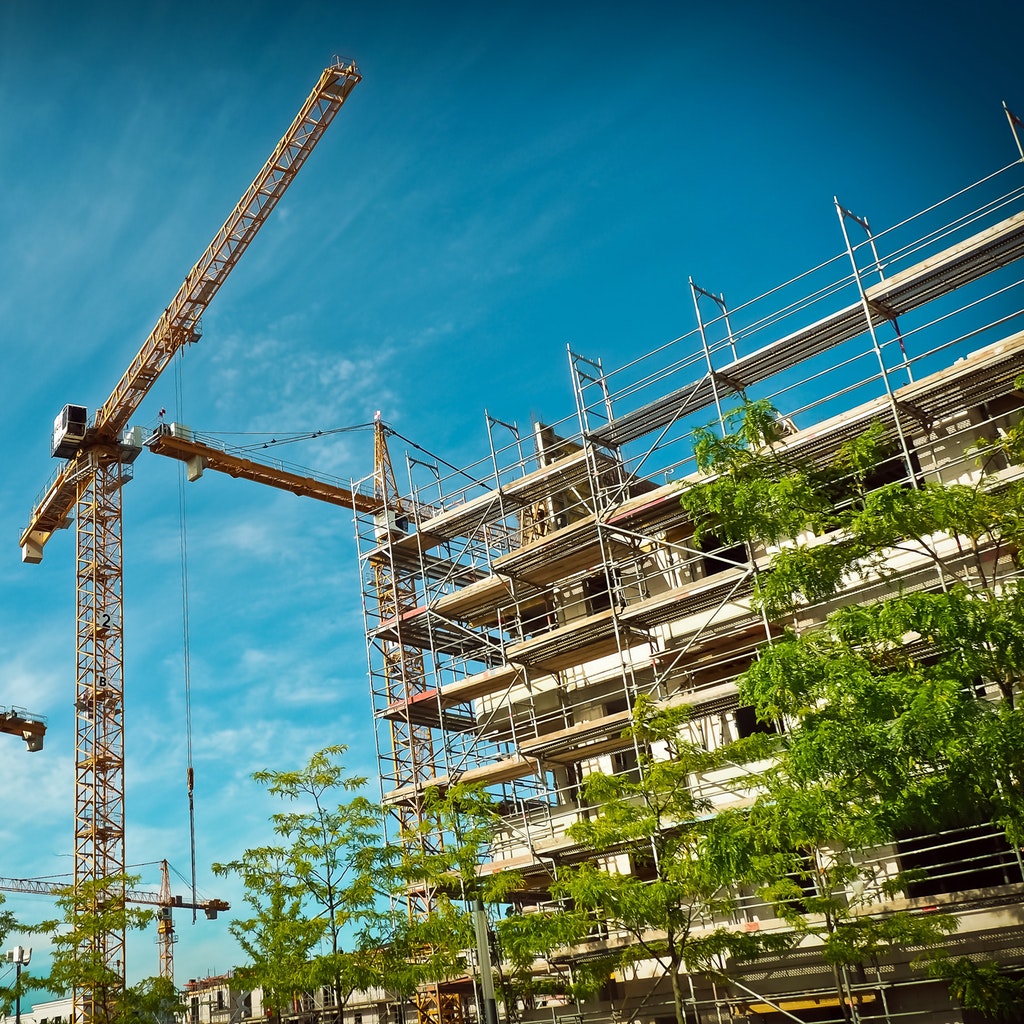

At present Portland cement is the primary binder used for concrete production with cement production worldwide exceeding 4.6 billion tonnes annually. A 1 kg of Portland cement production requires approximately 1.5 kWh of energy and emits 0.7 kg of CO2, corresponding to 5-7 % of CO2 emissions worldwide. In order to address this problem, the translation of waste material into construction materials than can be adopted within the construction industry is imperative to address these environmental problems.
In recent years as society has embraced environmental sustainability and moved towards a carbon neutral footprint there has been increased attention on the adaption of renewable resources within the construction industry. The production of Portland Cement has a significant impact on the CO2 emissions as it has been reported that for every 1 tonne of cement produced approx. 0.7 tonnes of CO2 is released into the atmosphere. The emissions contribute to the total from the construction industry and is is estimated to represent between 5-7% of CO2 emission worldwide. The emphasis in decreasing environmental pollution associated with cement production has brought attention towards alkali activated materials as sustainable alternative material, which can reduce CO2 emissions.
High volume fly ash (HVFA) concrete is a potentially sustainable alternative. HVFA is defined as having at least 50% of the cement replaced with fly ash. However, due to a slower pozzolanic reaction rate in fly ash, HVFA concrete generally has a low compressive strength at early age. In order to address this issue RMIT University and Melbourne University have been undertaking a research program investigating how to increase the quantity of Fly Ash than can be used to replace the Portland Cement. This has resulted in the successful development of concrete with both a 65% and 80% replacement of Portland Cement with Fly Ash.
Further research is currently being undertaken on incorporating nano-materials such as nano-silic, nano-alumina and nano-calcium carbonate to enhance the properties of the concrete, in particular, the early age strength development, as well as the mechanical and durability properties, including large scale structural testing. The research is employing advanced analytical techniques including isothermal calorimetry, thermogravimetric analysis, X-ray diffraction, Fourier transform infrared spectroscopy, Nuclear magnetic resonance and Scanning election microscopy techniques.
Click edit button to change this text. Lorem ipsum dolor sit amet, consectetur adipiscing elit. Ut elit tellus, luctus nec ullamcorper mattis, pulvinar dapibus leo.
Toggle Content
Toggle Content